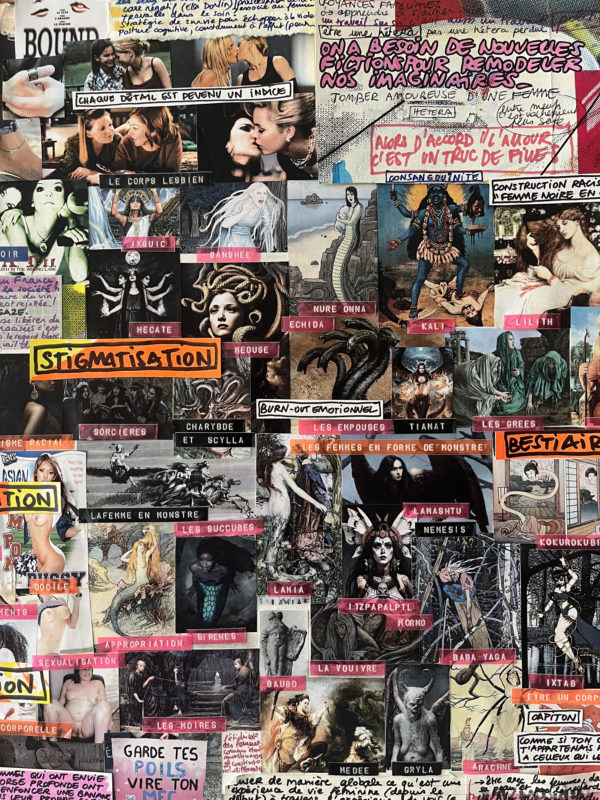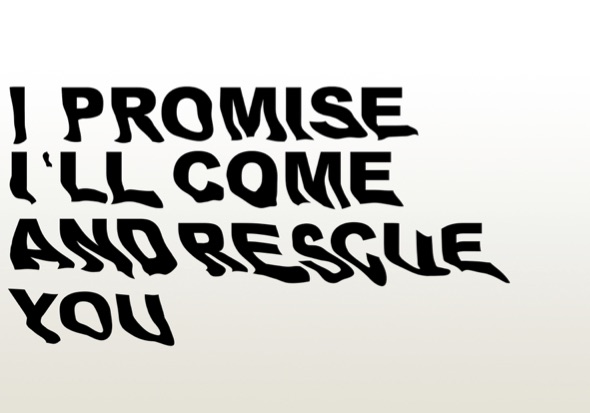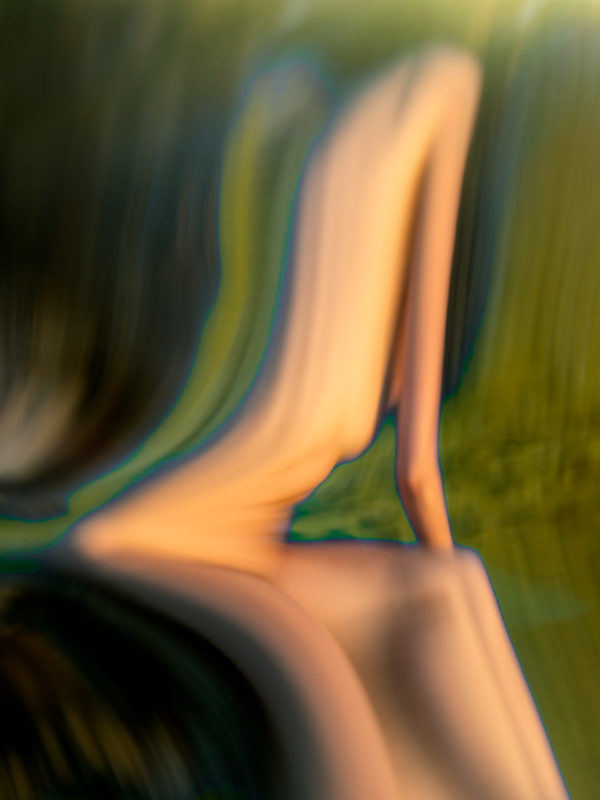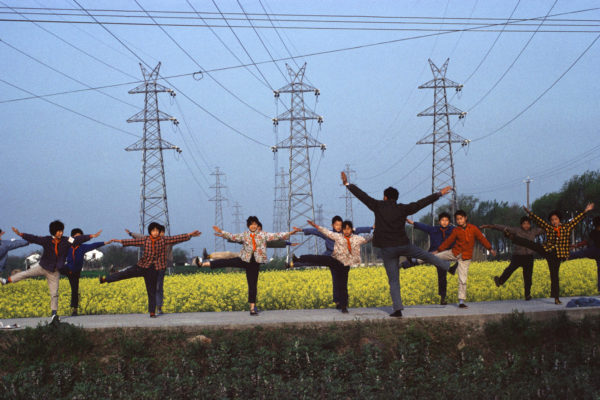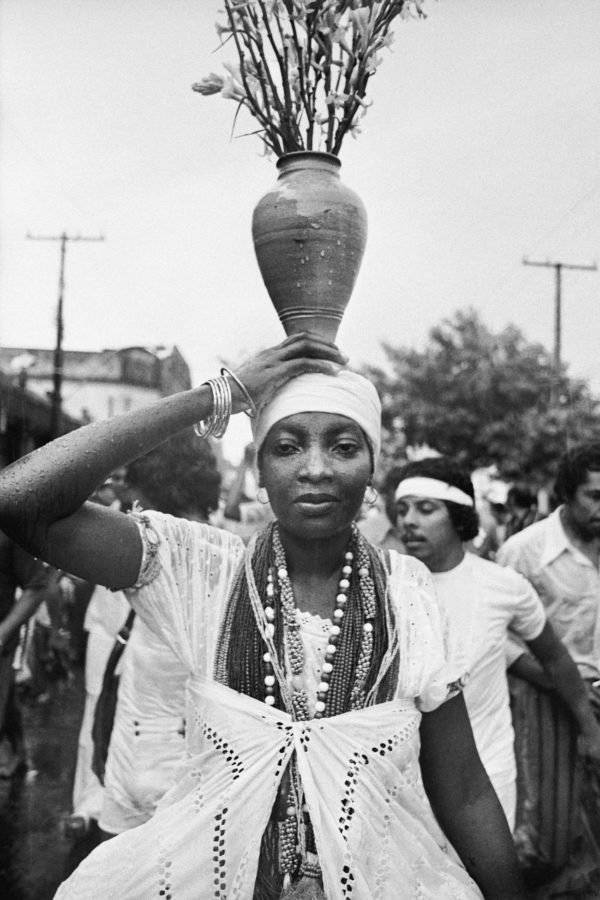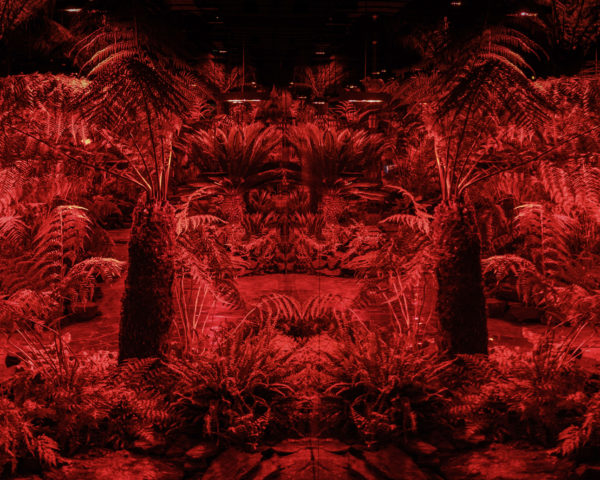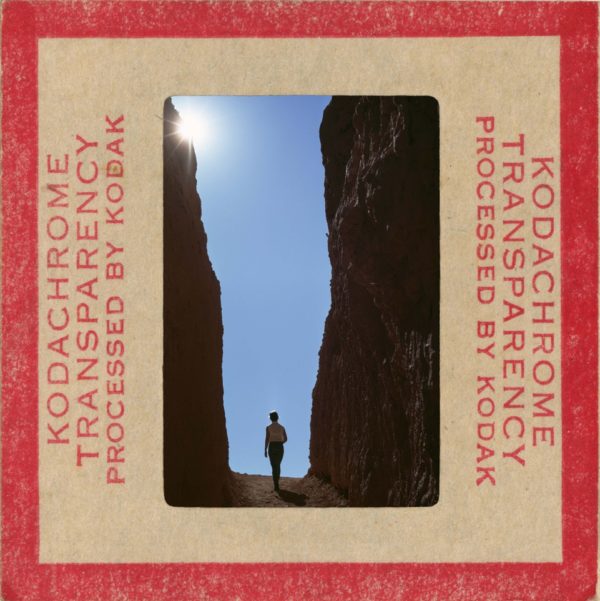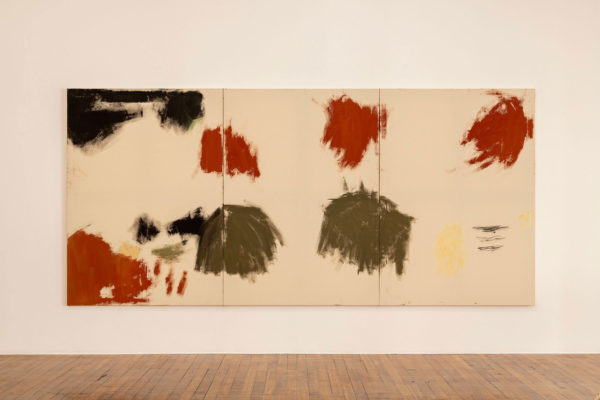Galerie Allen
Scott Covert , Etats-Unis
"The Dead Supreme" Netherlands
Scott Covert (born in 1954 in Edison, New Jersey, United States. Lives and works in New York, NY) began his professional career as an artist and actor in Downtown New York in the 1970s and 1980s. In response to the AIDS crisis, during which many members of Covert’s community died from the disease, he began what would become the Monument Paintings, which essentially speak to disappearance and the effort for a transferable memory.
For nearly four decades, Scott Covert has traveled the world working on tombstones on canvas. According to Rene Ricard, it is essential to be able to create directly on location, to do so, the artist essentially creates a printing press at each location.
Equal parts sincere homage, collection of ephemeral effects of celebrities, subversive performance art, and travel journal, Covert’s works primarily measure distance and duration. His paintings and drawings record performative resistance journeys across the United States, South America, Europe, and Russia. Covert explains: “Each mark represents a life.”
There is a Warholian quality in the artist’s repetitive and serial production, which is drawn to both celebrity and infamy. However, rather than the distant reproduction of cultural icons of Pop Art, Covert’s transcriptions of tombstones testify to the artist’s hand and the immediacy of his marking.
By accumulating new names, creating impossible associations, and formulating meanings during his travels, Covert’s memento mori encapsulate lives – both those of his famous subjects and the artist’s pilgrimages to find them.
Solo show of Scott Covert
From May 4th to June 15th, 2024
The gallery
The Allen Gallery is a unique model capitalizing on the varied experiences of an independent curator, Joseph Allen Shea, and an artist, Mel O'Callaghan, to create a platform where commerce is the structure of an entire ecology aimed at supporting the ethical presentation, promotion, and production of contemporary art. With a focus on exhibition format and its progressive variation, the Allen Gallery will offer exhibitions concerning context, off-site, academic curatorial inquiry, and reinvention. Understanding the needs and challenges faced by artists and artistic spaces, the Allen Gallery proposes a solution for our time.
Gallery artists
Boris Achour, Laëtitia Badaut Haussmann, Maurice Blaussyld, Jacqueline de Jong, Tarek Lakhrissi, Linus Bill + Adrien Horni, Mia Marfurt, Angelica Mesiti, Mel O'Callaghan, Colin Snapp, Daniel Turner, Natsuko Uchino, Emmanuel Van der Meulen, Trevor Yeung
Galerie sélectionnée par Gaëlle Choisne
